LA JUNTA, Colo. — Following the Aug. 21 meeting between Amtrak officials and Southwest Chief stakeholders in Raton, N.M. — which provided the first detailed look at a proposed bus bridge to replace part of the Chief route — inquiries by Trains News Wire have resulted in a clearer picture of the current positions regarding positive train control in general and the route in particular. In terms of the need for PTC on the route, those views are clearly at odds.
Meanwhile, an official involved with another non-PTC route, the Downeaster, says that train is not in jeopardy despite the lack of the safety system.
The Chief situation is complex, and local advocates and Amtrak have developed their respective positions, because all parties consider the Southwest Chief route to be “unique.”
For Amtrak, this is because the train is the sole user of a significant portion of its route. This means it doesn’t get any help from host railroad BNSF in shouldering route costs, although the railroad has made a commitment to long-term maintenance.
The stakeholders’ view is included in a report from Colorado participants in the Raton meeting. It observes, “the Amtrak board should make an exception to its PTC position due to the … reduced risk [of only one train each way] on the route [because] PTC doesn’t make sense from a safety or cost perspective.” Also, that report says, “the bus bridge option will increase risks faced by passengers [who are] six times more likely to be injured on a bus, and much of the route the bus must follow is on rural, two-lane highways.”
(The Colorado report was written prior to Thursday’s crash on Interstate 40 in New Mexico between a Greyhound bus and a semi-trailer truck that had suffered a blown tire. At least seven people have died in that crash.)
The stakeholders’ view
The Colorado summary of the meeting, as well as one by the Kansas contingent, reveals the group’s main goal was to discuss what was necessary for Amtrak to spend its pledged $3-million match to a federal Transportation Infrastructure Generating Economic Recovery grant that would result in $25 million of improvements to tracks and signal systems. [See “Amtrak contribution to ‘Southwest Chief’ grant comes with conditions,” Trains News Wire, April 4, 2018.]
It is the third such grant, stemming from a 2012 suggestion by former Amtrak president Joe Boardman that communities and states on the Chief route contribute to its continued existence by applying for TIGER program grants. BNSF Railway agreed to not only also contribute financially but promised to maintain the route at its own expense for 20 years. This broad-based support resulted in Garden City, Kan.; La Junta, Colo.; and most recently, Colfax County, N.M. (where Raton is located) winning bids totaling $71 million with matches. Since Boardman left, current management has insisted all costs should be paid and outlined in a five-year plan before any more work continues.
According to the Kansas stakeholders’ report issued Aug. 24, Amtrak Executive Vice President Stephen Gardner stated that “positive train control is their board policy regardless of exemptions granted by the Federal Railroad Administration. PTC costs are estimated at $53.3 million for the 483 miles between Dodge City, Kan., and Lamy Junction, New Mexico.” The Colorado report adds that Amtrak estimates the New Mexico portion of the route would require Amtrak to spend $3 million annually on maintenance and that PTC would cost $8.2 million per year to maintain.
The Kansas recap says Garden City Assistant City Manager Steve Cottrell asked Amtrak to enumerate details of the additional $50 million of capital Amtrak says the route needs, “as similar rough estimates were thrown around seven years ago, only to be proven later to be half the amount once detail was provided.”
La Junta, Colo., City Manager Rick Klein tells Trains News Wire he urged Amtrak officials to “work on a plan with alternatives that don’t stop with the bus bridge. Gardner said, ‘Nothing is set in stone,’ so if Amtrak is not interested in eliminating this train, then prove it by working out a plan that will move TIGER 9 forward now.” He adds, “Once we get those improvements, the losses Amtrak talks about will be less.”
Amtrak’s position
Meanwhile, clarifications by Amtrak corporate communications personnel emailed to Trains News Wire say, “Our board has said it wants PTC or a PTC equivalent level of safety across our network. That is our policy. We understand this will take time to achieve but it is our goal.”
Adding that the company continues to work with stakeholders “to find a sustainable path to address the challenges of this route,” the statement says Amtrak expects to have all risk assessments for the route completed by November, and by Dec. 31, “we will need to have any necessary risk mitigation strategies in place for continued operation of the route prior to achieving PTC or PTC-equivalency over the segment.”
As to why the company is not providing the $3 million TIGER grant match at this time, the statement notes, “While the TIGER funds would address some of the basic infrastructure needs of the route, (they) would not address the anticipated costs of PTC or the significant costs still facing Amtrak for the sole-use portion of the route between Jansen, Colo., and Lamy, N.M. It is these costs that Amtrak is seeking a long-term plan to address.”
Observing that “New Mexico’s [RailRunner between Albuquerque and Lamy] is likely to be among several host railroads that will qualify for an alternative implementation schedule where we can continue to lawfully operate after Dec. 31, 2018, pending FRA approval,” the statement says, “There appears to be a way forward to realize substantial safety benefits of PTC on that portion of the Southwest Chief route.” It notes, however, that the segment east of Lamy “still does not have a PTC implementation plan, and it is the cost to install PTC on these other portions that is reflected in the Amtrak estimate.” The FRA says this segment is exempt from the PTC requirement because it meets the agency’s criteria for light-traffic routes.
‘Downeaster’ not jeopardized
The original Trains News Wire report about the Raton meeting [“Amtrak says it will not run trains on routes without PTC,” Trains News Wire, Aug. 27, 2018] indicated at least seven other trains were at risk because of the board’s PTC mandate — reporting that reflects information from individuals at the meeting, but that Amtrak has characterized as “inaccurate.” The official overseeing one of those routes has since indicated it is not in jeopardy.
In response to the News Wire report, the Bangor Daily News quoted Northern New England Passenger Rail Authority Executive Director Patricia Quinn saying, “Amtrak has gone through a review of all lines, even those not required to have [positive train control] and conducted safety assessments and there are no risks associated with the Downeaster line. The route is not in jeopardy at all.” (Quinn is now on vacation and could not be reached by Trains News Wire for comment.) The authority holds a 20-year agreement with Amtrak to operate the Downeaster and manages the budget, contracts, promotion and customer services for the train.
Pan Am Railways’ portion of the Downeaster north of MBTA territory at Haverhill, Mass., hosts 12 passenger trains per day and is protected with automatic block signals. The Chief’s route has an additionally overlaid safety system, Automatic Train Stop, which triggers a locomotive brake application and power drop if the engineer does not acknowledge restrictive signal indications. Although ATS non-compliance triggers a brake application and the existing signal system used on the Downeaster and other routes does not, neither system actively enforces speed restrictions around curves or through work zones in the manner that positive train control is designed to work.





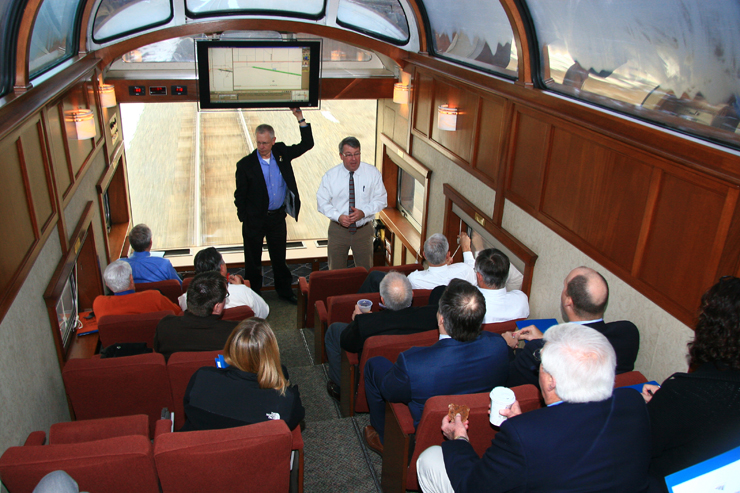
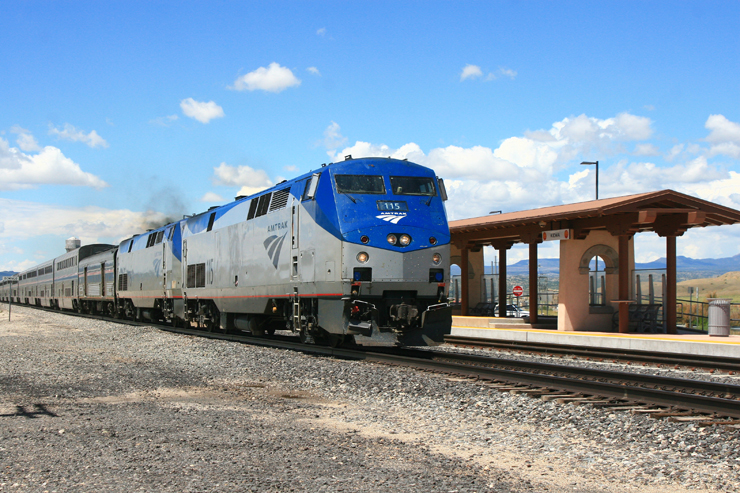
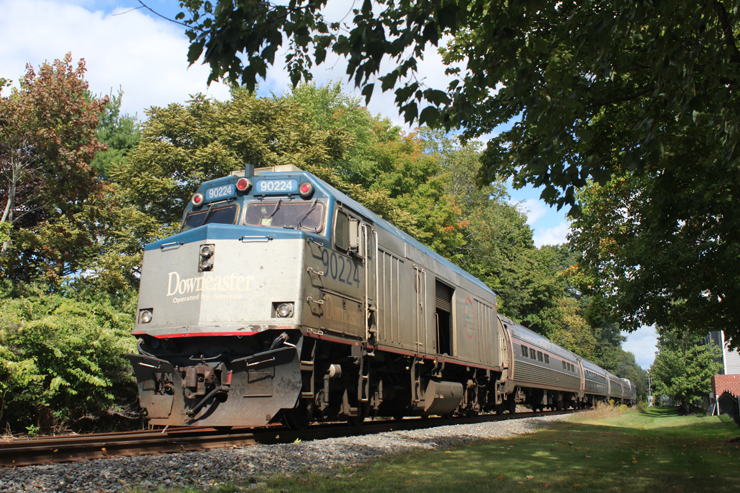

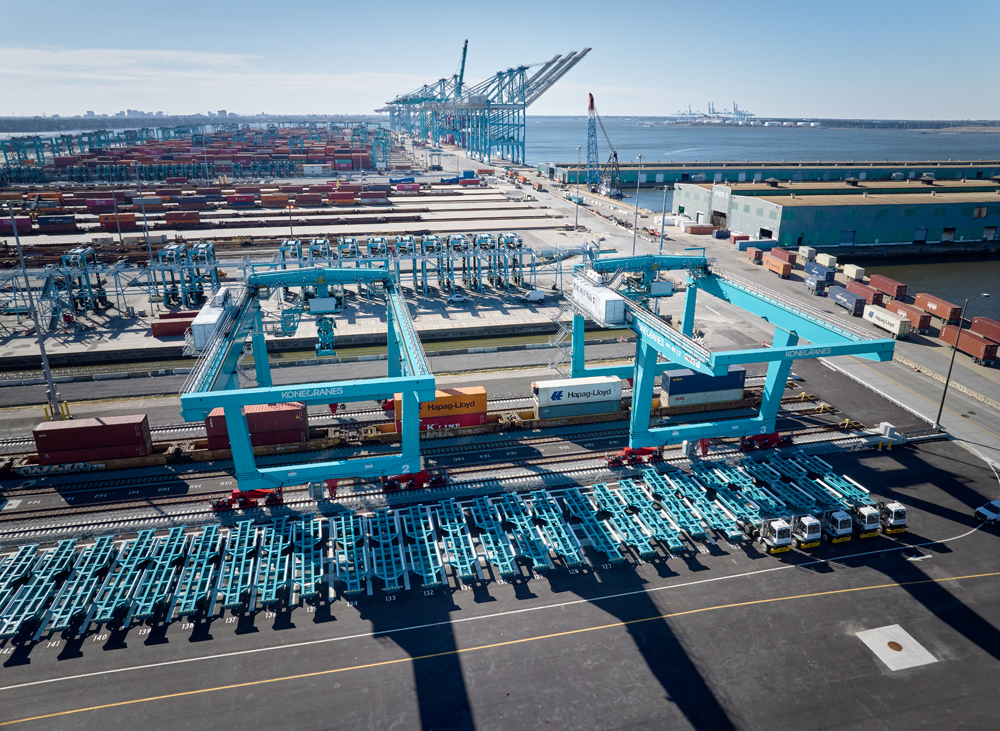
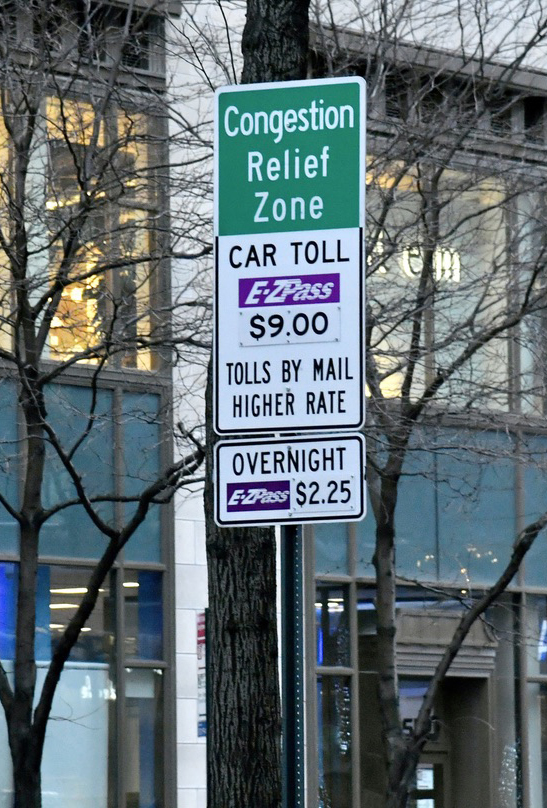
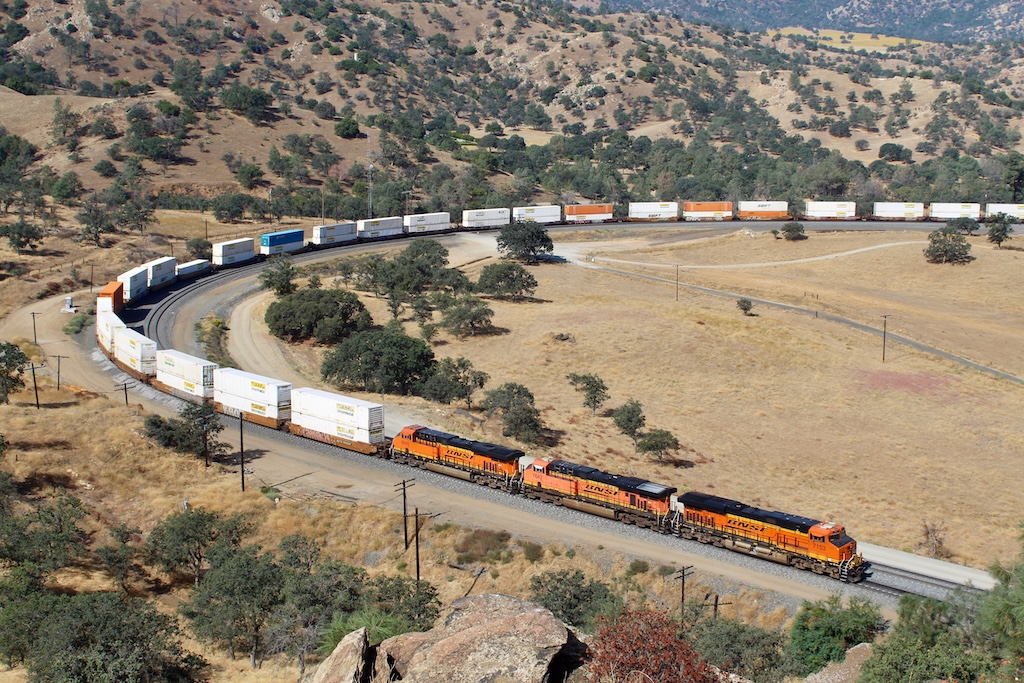
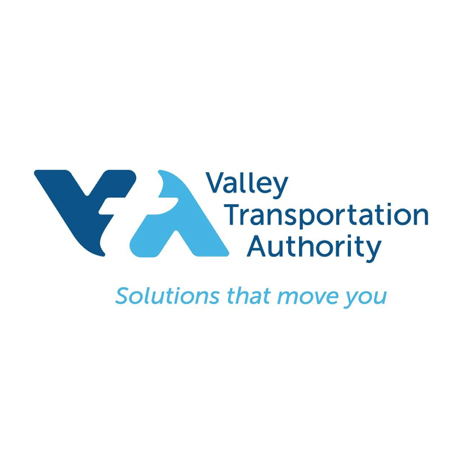




AL DICENSO
Amtrak is determined to kill LDT’s, and because of its vulnerability, the Chief will be the first victim. PTC is the red herring, no more, no less. As a “real” chief might have said 100 years ago, “Amtrak paleface speak with forked tongue”.
You are absolutely correct, Al. Amtrak management is either incompetent or dishonest. Their purpose in life should be looking for ways to expand the national network and make it more viable with an eye to increasing revenues. Instead, they are finding excuses to cut services.
If they really want to attract additional riders, they need to review the innovations being made by Florida’s Brightline, including inclusive station parking, select lounge service in stations, curated food and beverage items throughout the day including an unlimited complimentary breakfast, self-serve wine and champagne stations, imported Italian charcuterie (processed meats) and cheese served with freshly-baked bread, and a number of other special features.
No business should be in business if it doesn’t seek ways to attract additional customers and growth. They simply cannot shrink the passenger railroad to profitability.
why doesn’t AMTRAK just shut down and be done with it……… Management doesn’t seem to want anything to do with consistent operation……..which includes maintenance, and some degree of risk………. and what risk is there to a single track, one way at a time, operation! Get real, folks!!!!!!!!!!!!
Delta Dick AND the entire AMTRAK board should ride non-stop from Chicago to LA on the SWC including the proposed Bus Bridge. In addition – (If there is no reduction in train riders) How many buses will be required? I suggest each trip will require 5 or 6 buses in EACH direction at the same time. How much investment for the vehicles and drivers is required? From reading posts on these comments I understand facilities need to be built at the new end points for the trains plus at least one additional set of rail equipment would be required (additional crews, etc. as well). People put your heads together – the train as is becomes the least expensive way to go. USE HORSE SENSE!!
The recent highway accident where a Greyhound bus was hit by a semi in New Mexico is an awful but timely tragedy that shows Amtrak’s claims about needing a ‘bus bridge’ for Raton Pass, out of concerns for passenger safety – due to a lack of PTC, is a boat load of b.s.
it’s has nothing to do with PTC , THEY want us to fly,and do away with passanger servus, they want the vote in the east, they don’t give a (blank) about the people who can not fly, or a way to get to the airport, he is from tex , but he not a not a Texan,
,we pay taxes why can’t we have more than one means of transportation, he must owner of inst,in airline
This gets more fascinating by the day!
Yes, Amtrak is theoretically in a position to decide its own “safety” regulations should be more restrictive than the rules actually require, but they shouldn’t be allowed to apply that edict arbitrarily. If a single train falls due to a given route lacking P.T.C., then all seven (plus) should go.
In the meantime, it simply appears that Amtrak is willing to tell folks whatever they want to hear, whether it happens to be true or not.
Patricia Quinn isn’t a Railroader by trade and, by her own admission, “had never ridden a train before” she joined NNEPRA. Perhaps she honestly doesn’t know enough to smell a rat.
Well, that rat presumably told Quinn her trains are not in danger! Simultaneously, it was telling others that “[Amtrak’s] board has said it wants PTC or a PTC equivalent level of safety across [its] network. That is [Amtrak’s] policy.”
So, does Amtrak’s “network” include the Downeaster services, or does it not?
If a lack of Positive Train Control is enough of a reason to cause the effective discontinuance of AMTK trains 3 and 4 over a quarter of its route, then how can Amtrak possibly justify looking the other way in New England?!
Presuming Amtrak is sued for discriminatory operational practices, trains like the Downeaster fleet will be among the first to die.
Honestly, I feel badly for Quinn. Public humiliation is a tough way to learn the ropes.
Amtrak is determined to kill LDT’s, and because of its vulnerability, the Chief will be the first victim. PTC is the red herring, no more, no less. As a “real” chief might have said 100 years ago, “Amtrak paleface speak with forked tongue”.
Even before yesterday’s horrendous bus disaster on the SW CHIEF parallel I40 the bus bridge was a very poor idea.
Marc Magliari’s attempt on behalf of Amtrak to neuter this, by siting their still unreleased Safety Management Study (SMS) process, falls apart with a simple reading of Pages 7 and 8 of the Power Point presented by Amtrak VP Gardner at Raton. Referring on both pages to the PTC exempt track segments (Dodge City to Trinidad–which has some PTC and some PTC exempt track–and Trinidad to Lamy, which is fully PTC exempted), Amtrak says unambiguously,
“This segment has been granted an FRA Mainline Track Exclusion (MTEA) previously and Amtrak is undertaking a risk assessment to evaluate safety conditions and risk mitigation alternatives for interim operations after January 1, 2019 prior to the installation of PTC.
“Amtrak will require PTC for this segment for long term operation.”
And there it is–regardless of FRA PTC exemption, Amtrak insists on a PTC installation it knows to be unfunded, unrequired and unneeded, based on a full FRA review process. How can they possibly insist on such measures here and not do so, as Bob notes, on other routes? Indeed the SOUTHWEST CHIEF line has the least risk based on other traffic of any of the threatened routes, with the 219 miles from Trinidad to Lamy seeing no service other than the SWC.
Amtrak is using PTC to trigger a funding crisis that can be used to justify major service reductions. It well knows that the funding does not exist to install universal PTC and that the FRA’s review process has clearly denoted where it is NOT required.
Of course in an ideal world we would want not only PTC, but also Automatic Train Control everywhere, but the perfect is as always the enemy of the possible. The rail mode remains astonishingly safe if the Code of Operating Practice is followed. What Amtrak is doing here is to weaponize PTC to force changes to its network that could never be otherwise approved.
Today the DOWNEASTER operating authority put out a highly optimistic press release echoing Magliari’s talking points. All will be well, based on the SMS study, they proclaim. They would do well to read the full text of the Raton slides. Do they have the near-term money to install comprehensive PTC from Haverhill, Ma 111 miles to Brunswick. ME? Because that is what Amtrak is requiring on the SOUTHWEST CHIEF route, despite, and even after, the (unknown/unreleased) SMS study is implemented.
Vermont seems equally convinced all will be well based on the (also unknown/unreleased) results of the SMS study. We had better be right, or over $100,000,000 invested in upgrades to both the VERMONTER and ETHAN ALLEN routes will have been wasted. We too have no funding for PTC. Indeed we have extensive “dark territory” on both routes and were apparently recently told the cost of PTC on our lines could approach $300m! We too would profit from reading what Amtrak projected would have to happen, even after the SMS report, on the SWC route–full PTC or nothing ultimately.
If there is to be nationwide PTC it is absolutely clear there will need to be Federal funding for low traffic routes. I will gladly embrace that funding if provided, but remind again that FRA PTC exemption meant it was judged NOT to be required on lines like the VERMONTER and the SOUTHWEST CHIEF.
Perhaps the most eloquent proof of Amtrak’s intentions on the SOUTHWEST CHIEF route is its conclusion on Page 3 of the report
“We now have data that validates our initial alternative scenarios and confirms that a bus-bridge option represents the best alternative for preserving service and access over this route while avoiding the necessary large capital investments in 2019 and the future”.
The 550 mile long bus bridge is “best”! Yet when we get to the costs to implement this monstrosity they adnit it drops patronage and increases losses. Meanwhile by releasing their promised $3m match they trigger a $25m Tiger Nine grant for track work on the line and they finally acknowledge in the PPT the additional $50m the Senate has directed to the route (and which I believe they are lobbying in DC to delete!). Yes this must appear in the Conference Report with the House next month, but there is no indication in the PPT that Amtrak is working to retain it.
The bus-bridge, by their own estimates, drops ridership from 363,000 to as low as 238,900. They propose to still run the stub trains to the bus-bridge overnight CHI/DOD and ABQ/LAX, but with no diner or sleepers. Their “fast bus” from La Junta to ABQ still takes six hours 36 minutes (really optimistic–especially in the winter). The all stops version of the bus (realistically scheduled for mountain passes, two lane segments, going in/out of towns, rest/meal stops and handling luggage) by actually going to every station (and thus preserving service) takes 10 hours, 45 minutes. Both scenarios have the same end point train times in Chicago and Los Angeles–so why deny service real train service to Garden City, Lamar, Las Vegas and Lamy?
But fine- tuning the bus schedule is worthless. No one will accept a 550 mile bus-bridge for more than the first few weeks after the train-off, when ambushed riders may have no choice. The very short “long term” consequence, as Amtrak knows, will be service if at all only Chicago to Kansas City (which the states of Illinois, Iowa and Missouri would be required to fully support, by being under 750 miles) and possibly a rump SWC from Los Angeles to Albuquerque. Amtrak knows this perfectly well. The bus-bridge is literally a bridge too far!
The Congress must direct Amtrak to observe Federal regulations and continue service over lines properly exempted from PTC.
Press articles are begining to appear around New England carelessly accepting Amtrak’s excuse-making for demanding Positive Train Control (PTC) on routes legally exempt from this mandate. Here’s a (slightly) shorter than my previous argument on this issue:
There is an optimistic post up on multiple news-feed about the future of the Amtrak DOWNEASTER, VERMONTER and ETHAN ALLEN trains. This reflects a press release Amtrak issued, seeking to deflect attention from a story in Trains Magazine reporting that Amtrak is demanding a full-scale installation of Positive Train Control (PTC) on the SOUTHWEST CHIEF route across western Kansas, southern Colorado and eastern New Mexico, even though that line is legally exempt from the PTC requirement. The vTrains article noted other routes in the same situation and that list included in New England the DOWNEASTER, VERMONTER and ETHAN ALLEN lines.
This all sounds very far away from Vermont, but the situation there has many parallels to here. The SW CHIEF shares with the VERMONTER north of Springfield, MA, the DOWNEASTER north of Haverhill, MA and the ETHAN ALLEN east of Whitehall, NY, operation over track that was exempted by the Federal Railroad Administration (FRA) from the requirement to install PTC–due in all cases to low traffic volume.
We are confident we will be able to continue service with some relatively minor modifications to the two Vermont lines, but we’ve been waiting for Amtrak guidance on this since March. If Amtrak imposes the PTC requirement on the much busier SW CHIEF (363,000 riders in FY 2017 compared to 100,000+ on the VERMONTER) how can they practically not be required to apply the same standards to other routes?
And while Amtrak claims Trains got the story of their remarks wrong, they put their intention to ignore the PTC exemption ultimately on the SW CHIEF route in writing in a Power Point they presented to stakeholders in Raton, NM on August 21. Note their reference first to “interim” measures and then to going beyond Federal regulations to demand what they project will be at least an $53m unfunded upgrade. This perfectly echos the situation here!
“This segment has been granted an FRA Mainline Track Exclusion (MTEA) previously and Amtrak is undertaking a risk assessment to evaluate safety conditions and risk mitigation alternatives for interim operations after January 1, 2019 prior to the installation of PTC.
“Amtrak will require PTC for this segment for long term operation.”
PTC for Vermont is now estimated to cost as much as $300,000,000, based on remarks presented on August 15 to the Vermont Rail Advisory Council.
There is no funding for this for Vermont because the FRA has reviewed our lines and concluded it was not needed, due to low volumes of both freight and passenger service. But the New Mexico precedent should be a matter of deep concern here. Amtrak may claim it will not impose PTC on us without funding, but that is precisely what it proposes in the west.
Indeed Amtrak knows there is no funding for the unneeded PTC on the SW CHIEF route and is moving ahead to replace the train with a bus right in the middle of its journey, for 550 miles/10 hours 45 minutes driving time from Dodge City, KS to Albuquerque. Stub trains would remain from CHicago overnight to Dodge City and Albuquerque overnight to Los Angeles.
If they insist on this in the SW CHIEF case, how long will it be before we face similar suggestions that a 5 hour bus ride to Springfield could serve as a “bridge” to the rump of the VERMONTER route?
I knew it. It’s really about money, not safety.